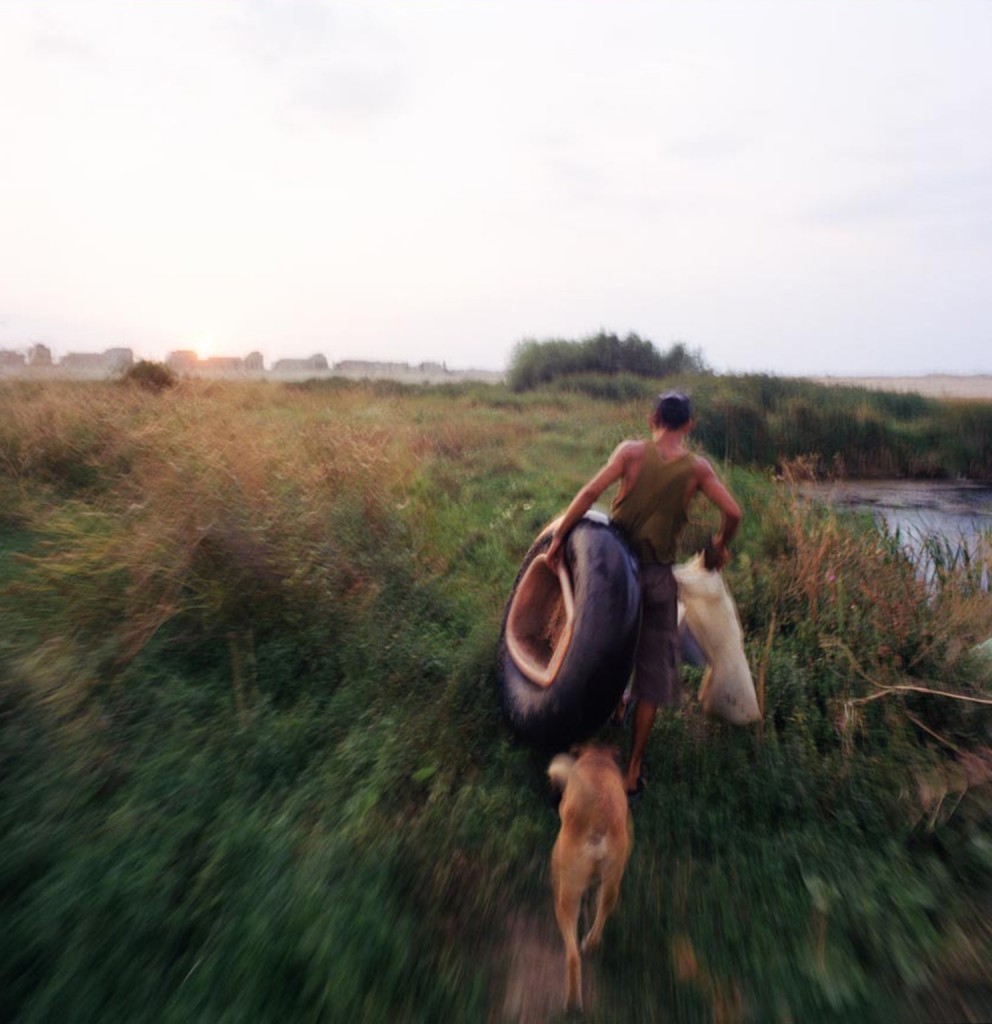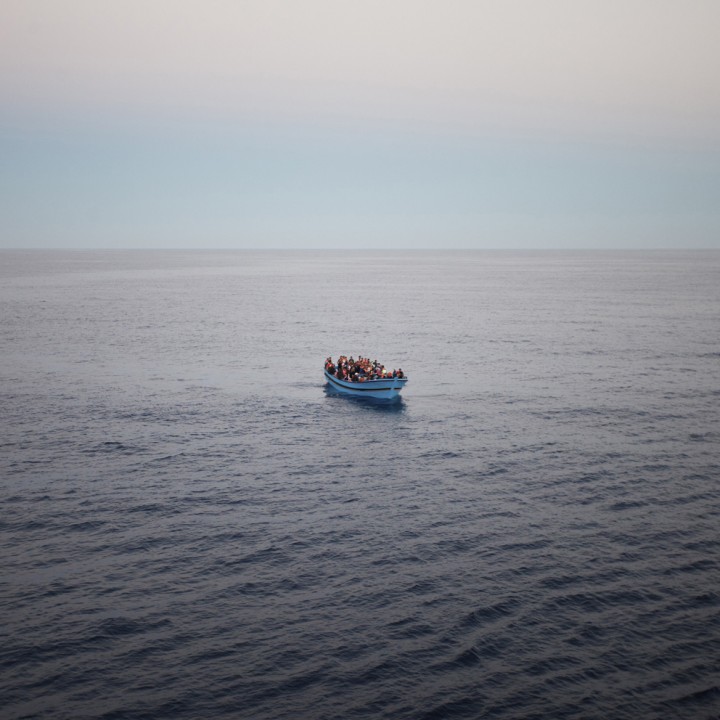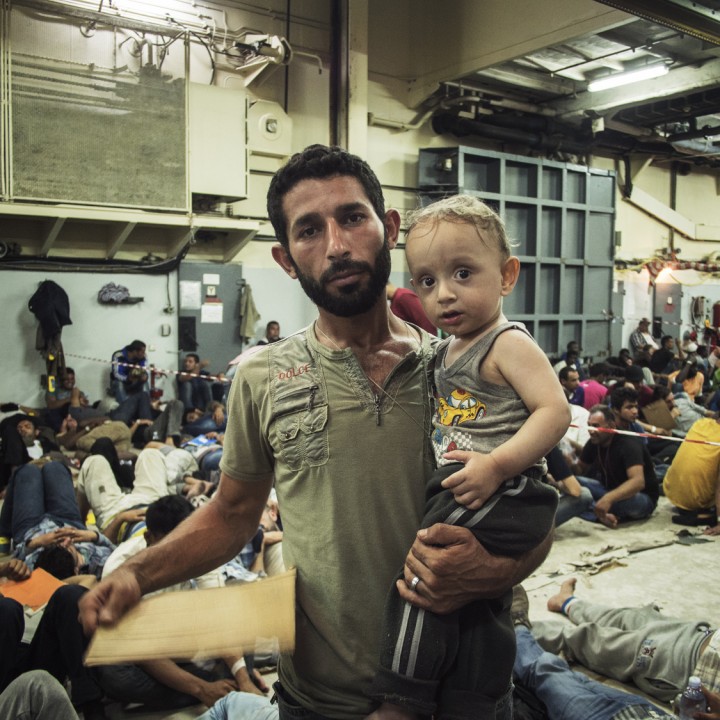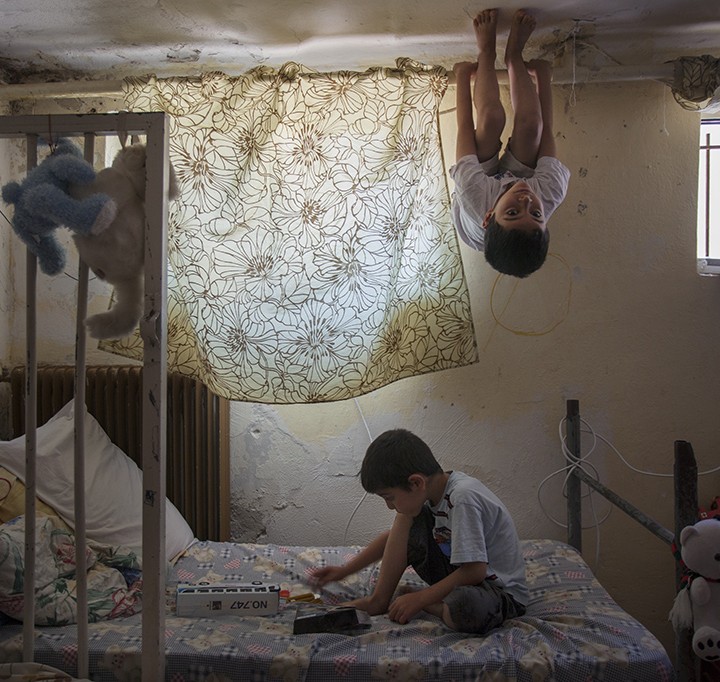Life on the Periphery on THE TELEGRAPH

The photographs D’Amato made that winter are, in turn, animated and tender, belonging to a kind of photography made over the threshold, in every sense. As wood, rubber cable and waste was burned endlessly, thickening the air, he photographed fluently, to render both the stillness of rest and the sparks of nervous uncertainty that turn moods so easily and often attend such fraught territories. A sense of innovation is always close, allowing families the agility to fight hunger or the deep cold that overtakes bodies during such long and sedentary hours. As dogs prowl, the Cocalari survey the dirt-brown landscape beyond their huts, remaining watchful -uncertain of who will come and what news they will bring. To be unregistered here, on this un-mapped territory, is a dangerous thing, incurring the hostility of authorities, and visits from the police -who come each spring to evict and intimidate residents before flattening homes.
It’s clear that life moved on, around the photographer who sat and shared the long hours, in rooms heavy with the acrid fumes that would be taken deeper into the lungs, with each infant’s breath, as winter wore on. The darkness that dominates these interiors seems to suggest another yearning–for oxygen, light and mobility. Winter throws rooms into a shadowed theatre, rich with crimson swaddling and the order of cooking utensils. It’s a half-light, broken sharply by the low sun that cuts through windows made of plastic sheeting, a light that flares into the camera lens as a cigarette is passed, from one friend’s hand to another’s.
Yet, after everything, there is love here too. Young couples tend to children and find ways to administer the routines of family life, becoming organised providers after the abandon of early relationships has mellowed. Infants, beautiful and fragile, nestle near each other, eating chunks of bread that will fill them cheaply and briefly. These are the vital things, chicken boiled as soup on a small stove, thickened by the last pieces of skin, bone and stock. Outside, clothes are hung in lines above brick sheds to catch sun and dry… and as the milder air comes, families will begin to venture outside more often, introducing their children to the wider basin, with its steep sides that will prove an awkward and uneven terrain for growing limbs to cling to.
When the ground can be broken, there is labour, borne of a frantic need to claw material gain back from the earth. It frustrates, injures and exasperates, as if even the land conspires against those most urgently seeking its yield. In spite of -and deep into- an earth made solid by ice, men drive pick-axes deep into the land, looking for scraps of iron, copper and aluminium that they will pile up and later attempt to sell. It is an abrasive and primitive routine, a pattern that endlessly throws a man’s whole force to the ground for long hours until the terrain is patterned with channels as deep as graves, before exhaustion or twilight ends another day. It is a primal and wounding industry.
When winter recedes and the fountains of Union square at the centre of Bucharest flow again, the long days of spring turn the brown grassland of Calea Vacaresti into a more nourishing pasture. The car wreckers, who visit more frequently as the weather turns, will broker deals that leave the families a euro for every 20 kilos of metal, before driving the cold iron harvest away to the scrap yards at the edges of the city. D’Amato returned to the families when Bucharest was finally blessed with spring and photographed a period of awakening and growth. With sensitivity, and perhaps even recognition, he photographed the spirit of children as they became entranced by the energy of a new season. He saw the rituals and progression of relationships, now maturing outside against the warmer earth. Bodies that had been pulled tightly into each other have now loosened and a terrain that was once extreme and forbidding has become a space of contemplation and discovery.
The photographer Lisette Model once wrote about the luke-warmness that she tried to avoid in her own work and that of those young photographers she worked with…the kind of photography that just doesn’t matter, as she described it. In this affecting series of photographs, Alfredo D’Amato has understood this, making work with immersion and engagement. In doing so, he might also convey something of his own priorities, recognising the most urgent qualities … the need to stem hunger, to find opportunity and strength, and to love. These he foregrounds with eloquence, never straying too far from the warmth of the home or the heart of the relationship -never looking far, perhaps, from what really matters. The Telegraph
Written by Ken Grant is a photographer and Course Leader in Documentary Photography, at University of Wales, Newport.



